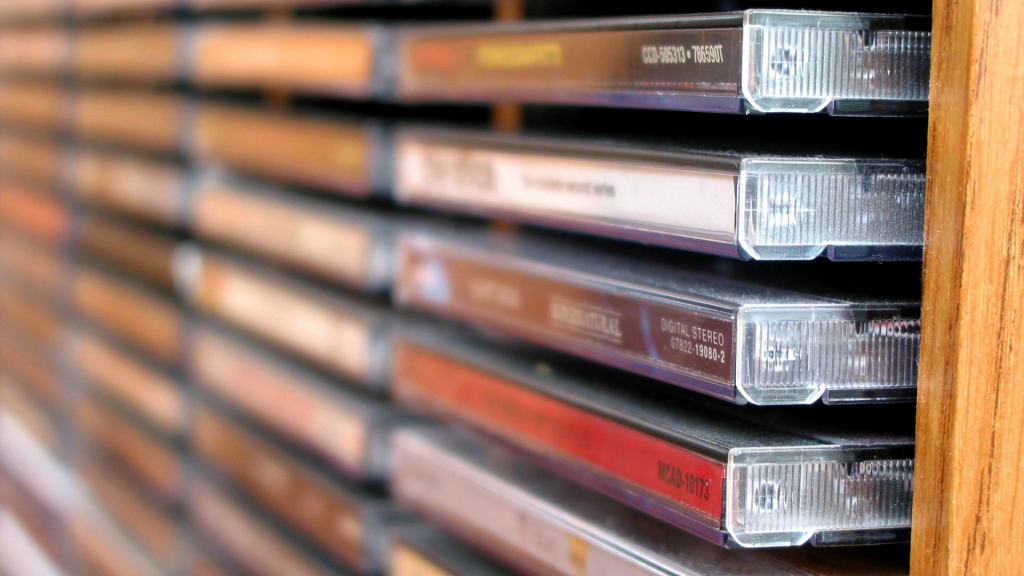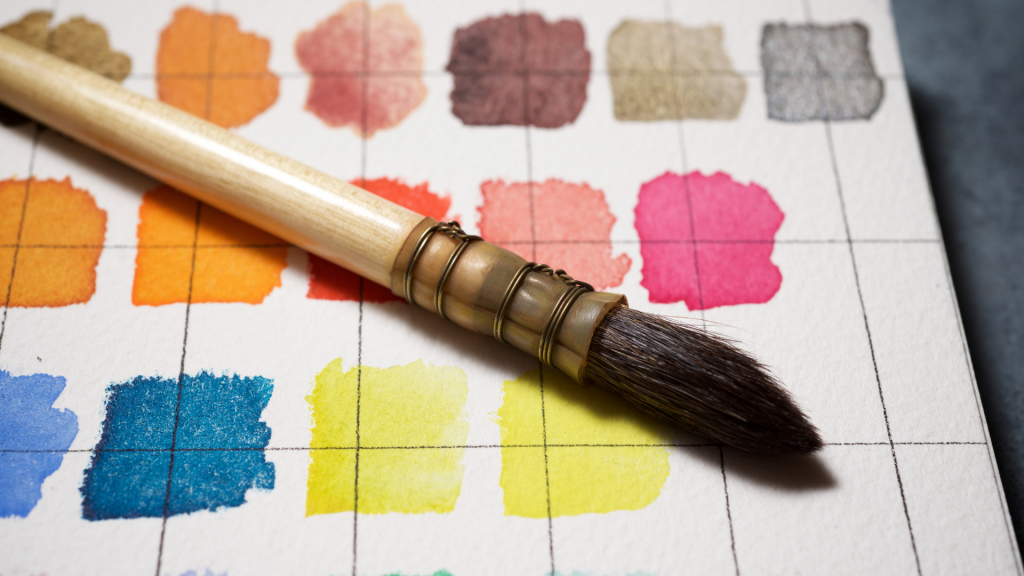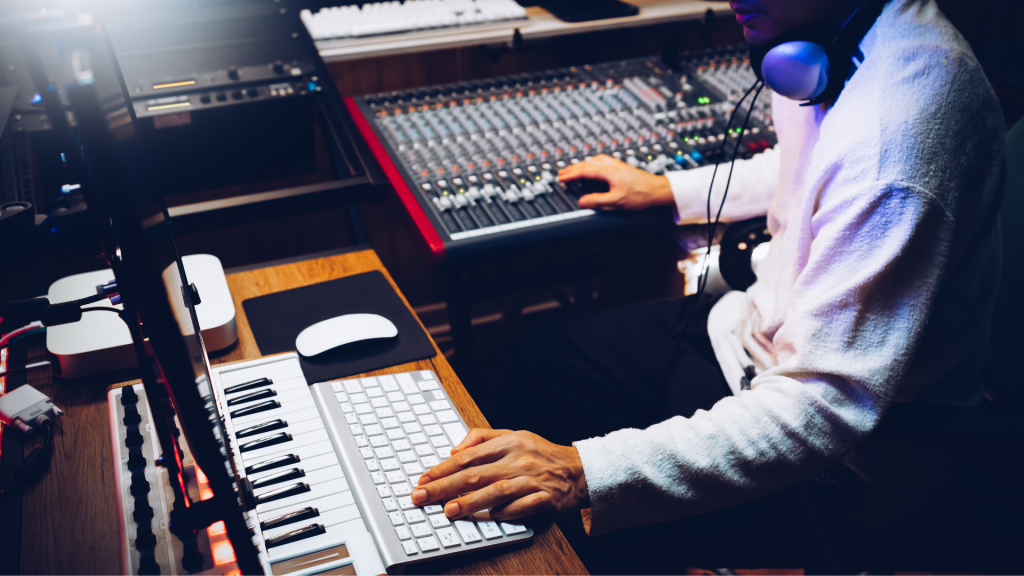 The music industry has been known for its fickle nature, and it’s one of the few industries that has never successfully transitioned from physical to digital. With the rise in streaming platforms and the recent success of the “knock-off” genre, new trends in the music industry are continuously evolving. We have seen a rise of popular artists who have not been initially successful through traditional music industry promotion and the rise of “Knock-off” artists. We have also seen the rise of artists who have been popular in the digital format of streaming platforms. Some of these artists are currently on the rise and will continue to soar, while others are on the decline and will fade out.
The music industry has been known for its fickle nature, and it’s one of the few industries that has never successfully transitioned from physical to digital. With the rise in streaming platforms and the recent success of the “knock-off” genre, new trends in the music industry are continuously evolving. We have seen a rise of popular artists who have not been initially successful through traditional music industry promotion and the rise of “Knock-off” artists. We have also seen the rise of artists who have been popular in the digital format of streaming platforms. Some of these artists are currently on the rise and will continue to soar, while others are on the decline and will fade out.
In the past few years, genres like hip-hop, rap, and R&B have been gaining popularity all over the world. These artists are all rising stars with a lot to offer. Some of these artists are well-known, while others are making their debut. All these artists also have very different sounds, which make them unique and worth checking out.
After the “pop music” genre dominated the music industry for several decades, a couple of decades ago, there emerged a new breed of “pop” musicians, largely influenced by the rise of the internet and the world of “social media.”
Their songs are more personal than ever, especially when dealing with relationships, breakups, and mental health issues. Here are 4 rising artists to watch in 2021.
- Aespa – is now one of the most popular groups in Korea, breaking records with their first-ever debut video, “Black Mamba,” topping 100 million views on YouTube. Aespa has made a name for themselves through their high-quality music videos and performances that are both captivating and entertaining. K-Pop is an art form influenced by various cultures around the world that have shaped it into what it is today. In fact, it has become so popular that you can now check out sites like MEA Worldwide to learn everything there is to know about K-Pop so you are kept up to date with any evolving trends within this particular industry. You see, K-Pop relies heavily on copywriters to create catchy lyrics and perform songs that capture a wide variety of audiences, from kids and adolescents to adults. They are known for their dynamic and energetic stage performances.
- Sophie and The Giants – This new UK band has gotten us “Hypnotized” with their sounds, Catchy and melodic, they are able to stir emotion in an audience. Sophie Scott is the lead singer and guitarist, Toby Holmes is lead guitar, Antonia Pooles on bass, and Chris Hill on the drums. The group from Sheffield in England is working on improving their craft after the success of their smash hit from 2020 called “Purple Disco Machine.” Their Hit “Hypnotized.” was streamed a total of 100 million times, had 3x Platinum Status in Italy, went platinum in Poland, and gold across 7 other countries.
- Aidan Alexander – The 20-year-old singer-actor-songwriter started to prove himself and made a name in the entertainment industry. When he moved to Los Angeles at the age of 15, he starred in the movie Red Wing, then years after, he started his music career. He released his first single, “I don’t love you,” then continued his great talent and recently wrote his new track, “The End for the World,” a song about the quarantine period. He continues performing and share his music with the world. His new release this 2021, “The Hills,” is a song about his living observation in LA.
- Sinead Harnett – is a rising R&B singer who began performing at talent shows and is now working with artists like Kaytranada and Disclosure. She is born in London but based in Los Angeles, and she gathered attention from her record-breaking single “If You Let Me,” which got over 70 million streams now in Spotify.
These rising stars are the next big thing, and you can be sure they’ll be in the spotlight soon if they aren’t already.
The first of many new things to come out of the indie music scene will be the rise of a new generation of artists, those making it big in the music industry. These artists are making music in the 21st century, and the best way to listen to them is to follow them on social networks & streaming platforms. The new generation of indie music may not be as big as that of the early 2000s, but their potential is great, and it is only gaining momentum.



 The first ink drawing on paper may have been made by a Neanderthal, but the story of India is one of the richest on earth. Over the last few centuries, we have seen Indian culture grow from a simple yet sophisticated agrarian society to a vibrant, diverse, and creative one. With so many varied trajectories, we must try to understand the evolution of India and its achievements, even if we do not completely understand them.
The first ink drawing on paper may have been made by a Neanderthal, but the story of India is one of the richest on earth. Over the last few centuries, we have seen Indian culture grow from a simple yet sophisticated agrarian society to a vibrant, diverse, and creative one. With so many varied trajectories, we must try to understand the evolution of India and its achievements, even if we do not completely understand them.
 Performance Royalties are payments made to an artist or composer who has made a significant musical contribution in the creation of a particular recording. These payments are typically calculated on the basis of international standard unit rates, set by various organizations such as the International Confederation of Phonographic Industry (IFPI) and Broadcast Music, Inc. (BMI).
Performance Royalties are payments made to an artist or composer who has made a significant musical contribution in the creation of a particular recording. These payments are typically calculated on the basis of international standard unit rates, set by various organizations such as the International Confederation of Phonographic Industry (IFPI) and Broadcast Music, Inc. (BMI). Watercolor painting is an incredibly popular hobby, and for a good reason. Not only is it one of the very few ways to create a tangible work of art without having to go by drawing, but it’s also a great pastime to spend time with friends and family. The trick is finding the right medium. This article will give you some ideas on what to look for in a watercolor painting medium.
Watercolor painting is an incredibly popular hobby, and for a good reason. Not only is it one of the very few ways to create a tangible work of art without having to go by drawing, but it’s also a great pastime to spend time with friends and family. The trick is finding the right medium. This article will give you some ideas on what to look for in a watercolor painting medium. With the increase in technological development, music has become a complex mixture of sounds that has taken a completely new form. While the digital era has created new terminologies, it also brought change within the industry.
With the increase in technological development, music has become a complex mixture of sounds that has taken a completely new form. While the digital era has created new terminologies, it also brought change within the industry.